
Predicting the Woman Hairstyles of the Future: 7 Trends Shaping the Next Decade | Tech & Sustainability
12 min read

12 min read

12 min read
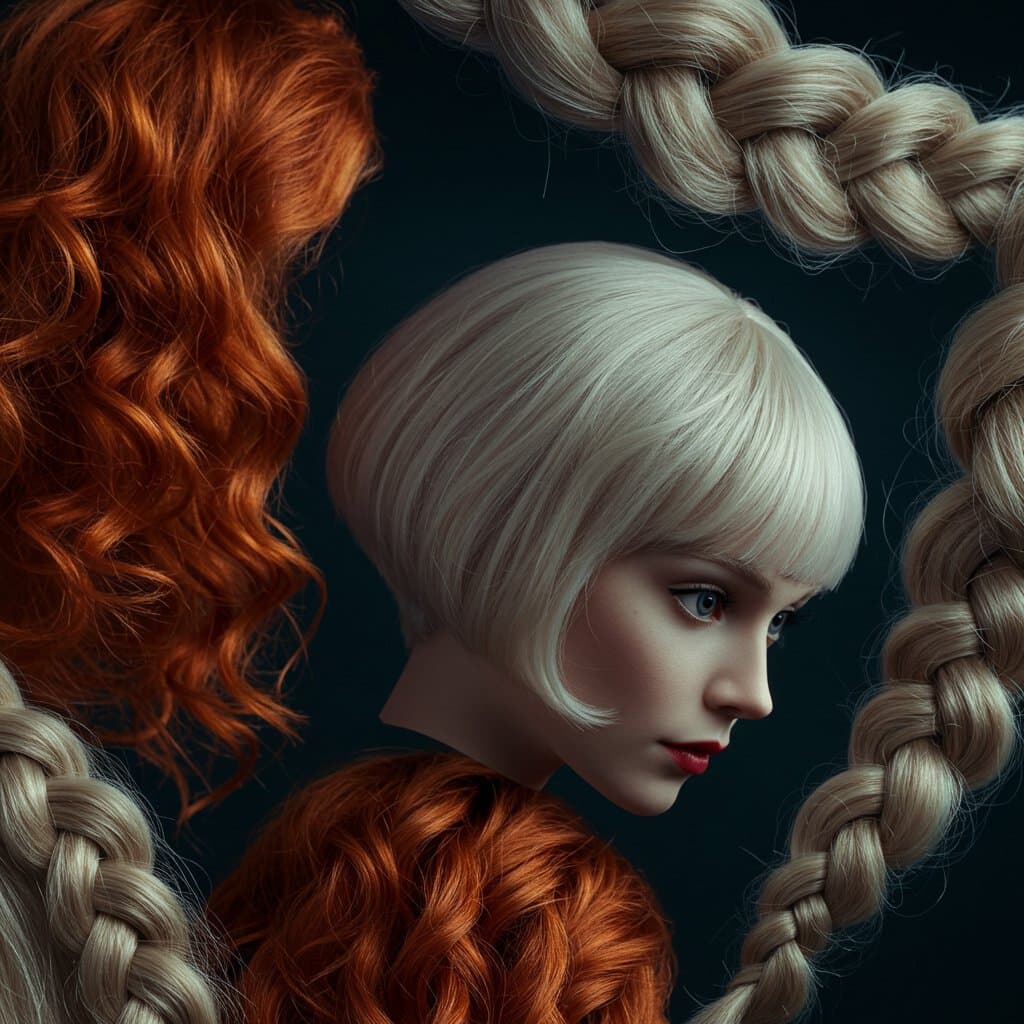
14 min read
Download our app to instantly see how you'd look with any hairstyle or color
Get the App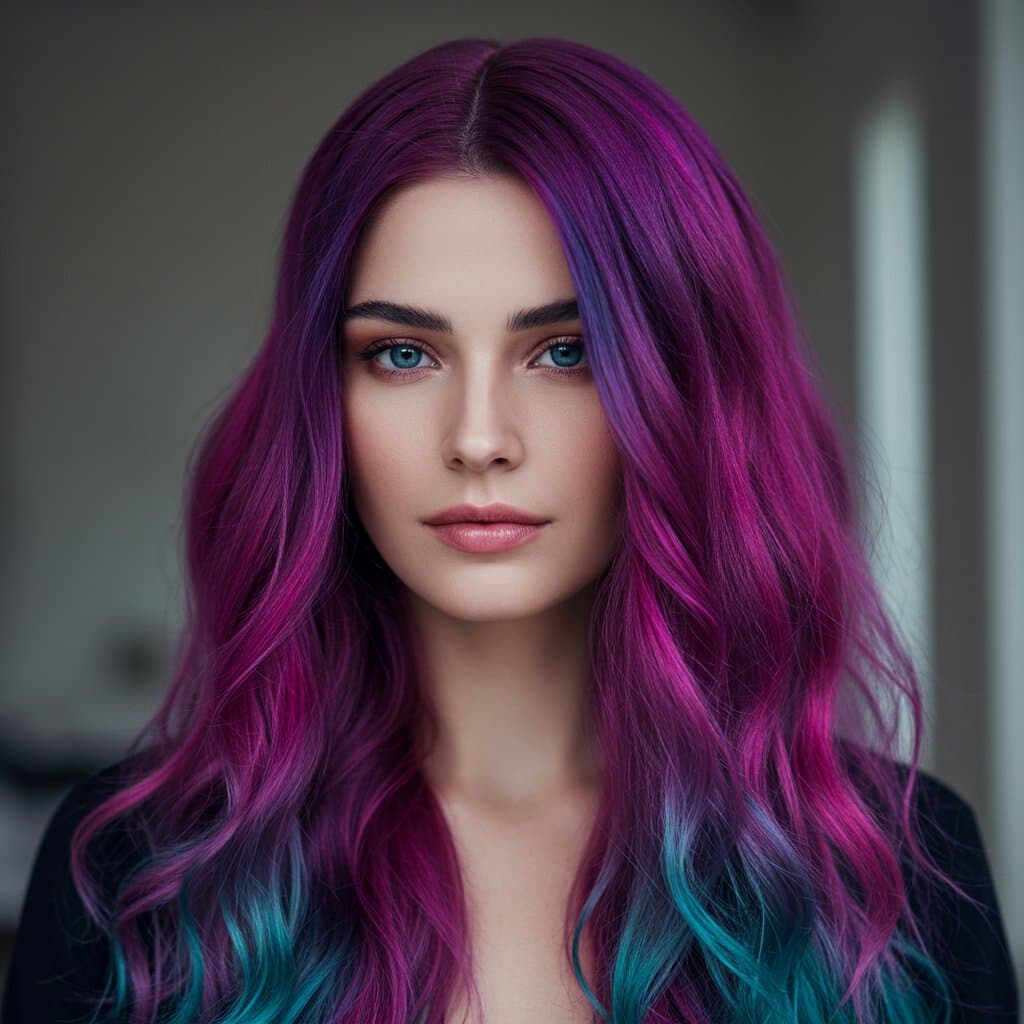
12 min read
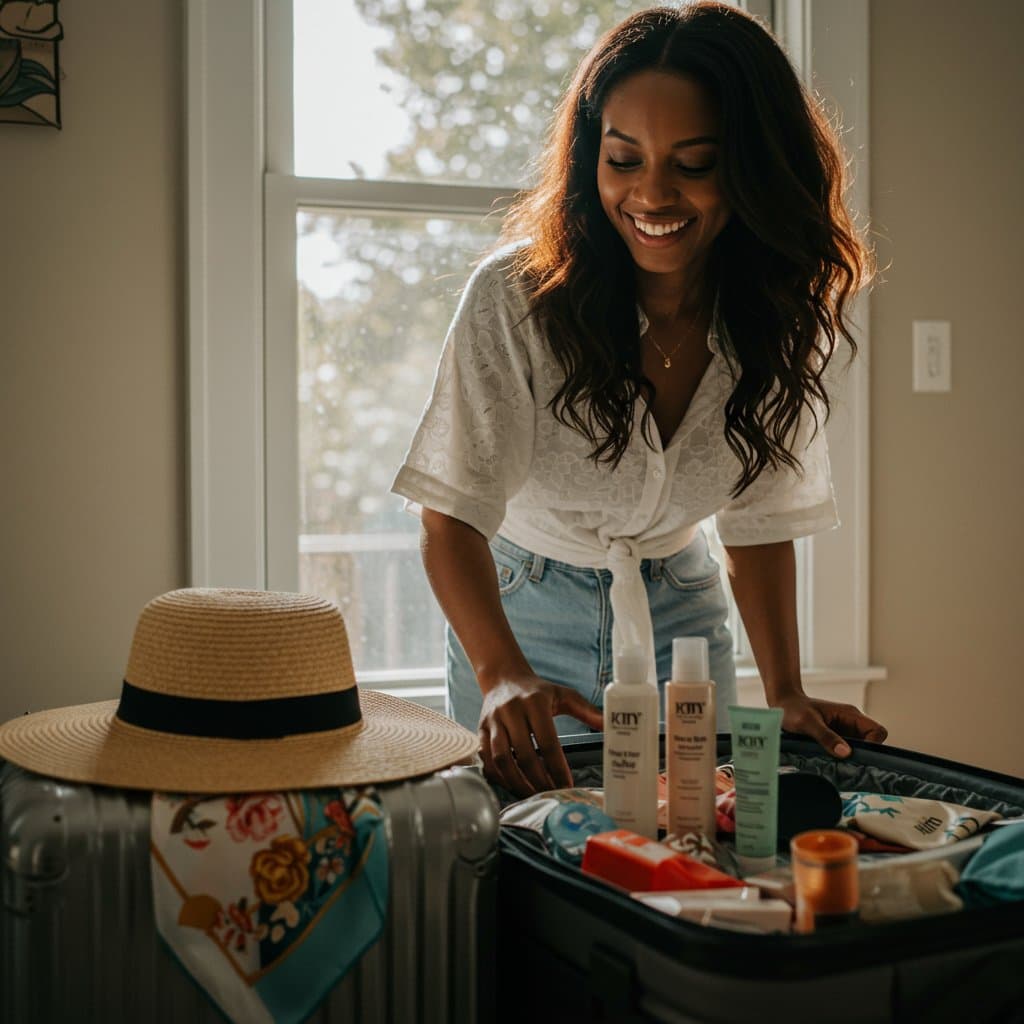
12 min read

12 min read
Download our app to instantly see how you'd look with any hairstyle or color
Get the AppWelcome to the wonderful world of wavy hair! If you have Type 2 hair, you exist in a beautiful space between straight and curly, blessed with natural body, texture, and movement. However, this unique hair type often comes with its own set of challenges—namely, a constant battle with frizz, inconsistent wave patterns, and the struggle to achieve lasting definition. Many people with wavy hair don't even realize the potential hidden within their strands, often mistaking their texture for unruly, frizzy straight hair. The key to unlocking its true beauty lies in understanding its specific needs and learning the right techniques for defining your curls and waves.

This comprehensive guide is your roadmap to mastering your wavy hair (Type 2). We'll explore everything from identifying your specific wave pattern to selecting the perfect products and mastering styling methods that enhance, rather than fight, your natural texture. Forget about trying to tame your waves into submission; it's time to learn how to encourage them to form beautifully defined, frizz-free patterns. Whether your waves are loose and beachy or deep and S-shaped, the right approach can transform your hair care routine and help you fall in love with your natural texture all over again.
Before you can effectively style your hair, you need to understand its unique characteristics. Wavy hair (Type 2) is categorized into three subtypes: 2a, 2b, and 2c. While you might have a mix of patterns, identifying your dominant type is the crucial first step in tailoring your routine. Understanding this nuance is fundamental to defining your curls with precision and choosing products that won't weigh your hair down or fail to provide enough hold.
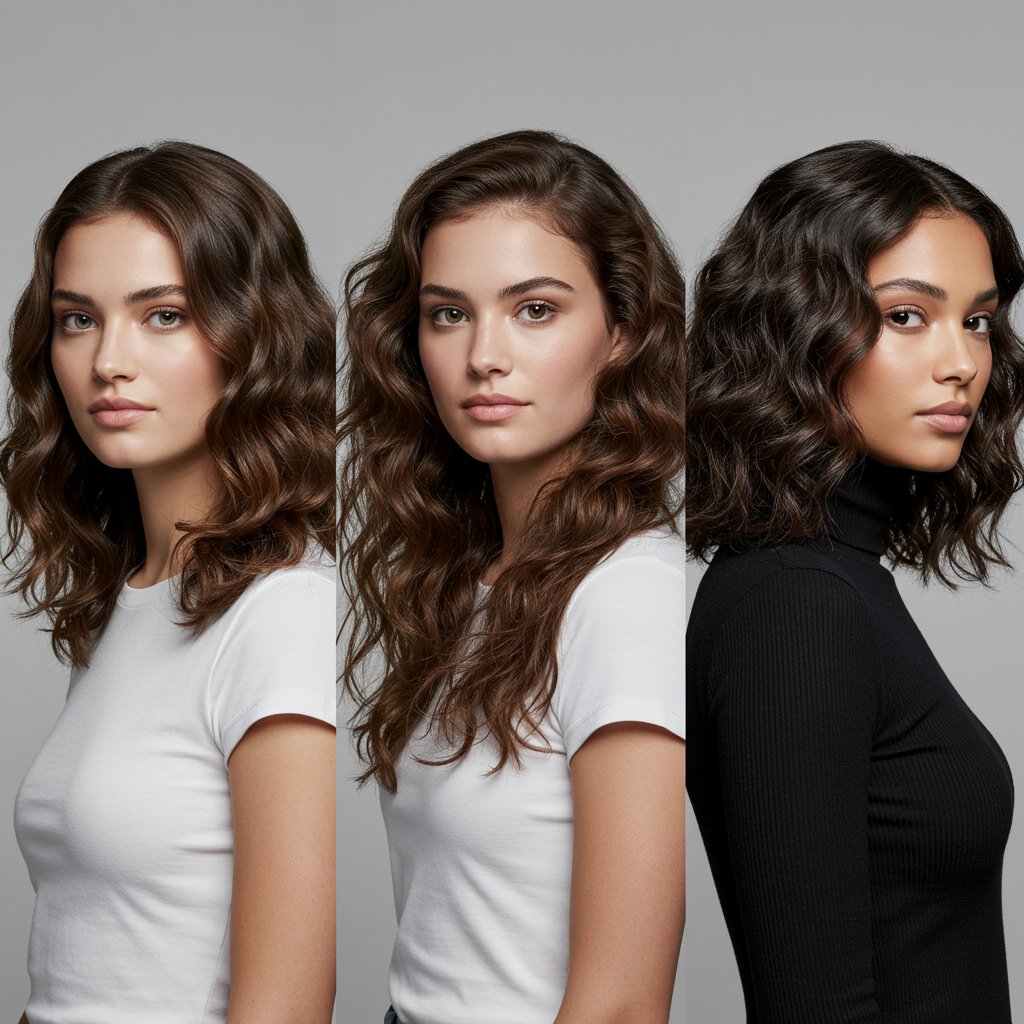
A great style starts with a great haircut. The right cut can make the difference between fighting with your waves and having them fall into place effortlessly. For wavy hair (Type 2), the goal of a haircut is to remove excess weight, encourage wave formation, and create a flattering shape that complements your natural texture. Communicating with an experienced stylist who understands the nuances of wavy hair is paramount. They can assess your specific wave pattern, density, and lifestyle to recommend a cut that works for you.
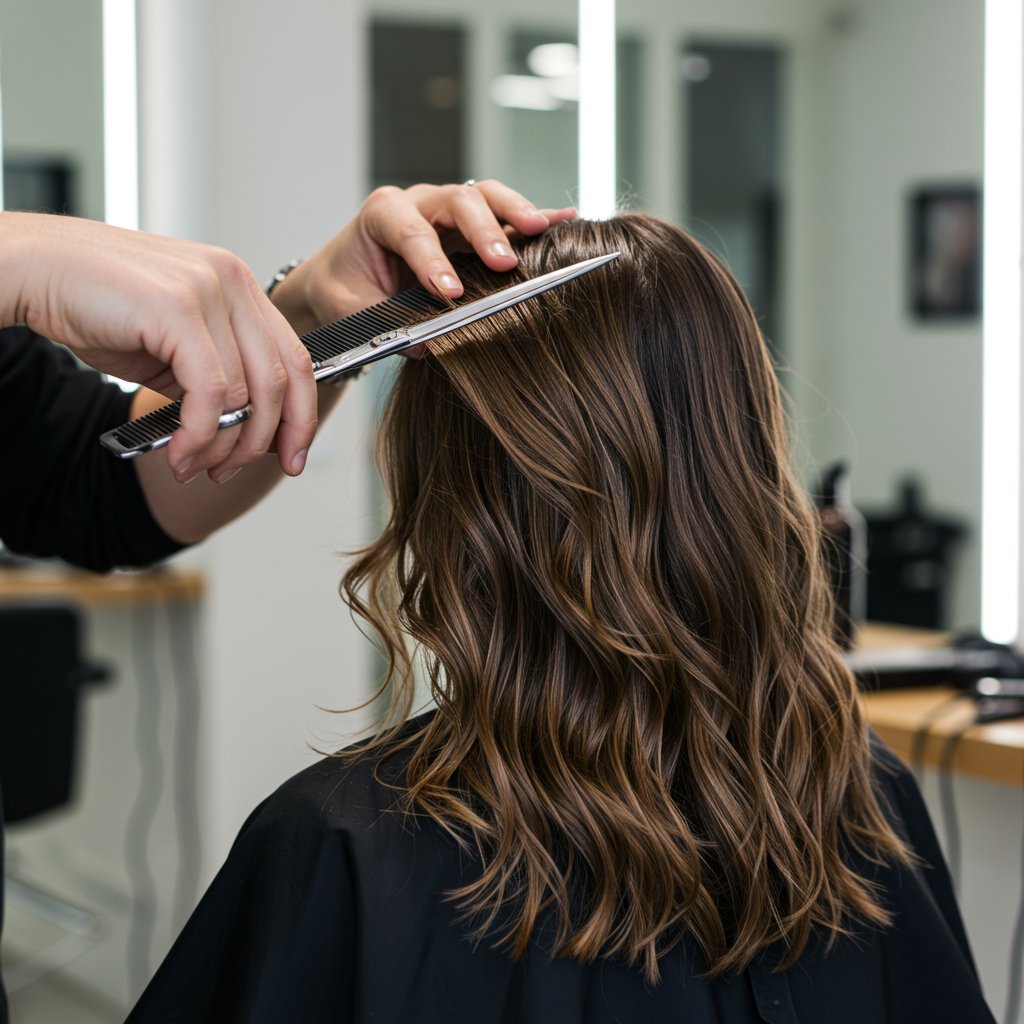
Long layers are a classic choice for wavy hair, as they remove bulk and allow waves to spring up and form without being weighed down. 'Ghost layers' or 'invisible layers' are another fantastic technique where the stylist cuts subtle, internal layers that enhance movement and texture without sacrificing overall length. For those who prefer shorter styles, a wavy bob or lob (long bob) can be incredibly chic, providing a structured shape that still showcases beautiful, defined waves. Avoid blunt, one-length cuts, which can create a triangular or 'pyramid' shape, and instead opt for styles that promote movement and volume.
Navigating the world of hair products can be overwhelming, but for defining your curls and waves, a few key product types are non-negotiable. The secret is layering lightweight products that provide moisture, hold, and frizz control without creating stiffness or weighing down your delicate wave pattern. Always look for products that are free of harsh sulfates, silicones, and drying alcohols, as these ingredients can strip moisture and lead to more frizz over time.
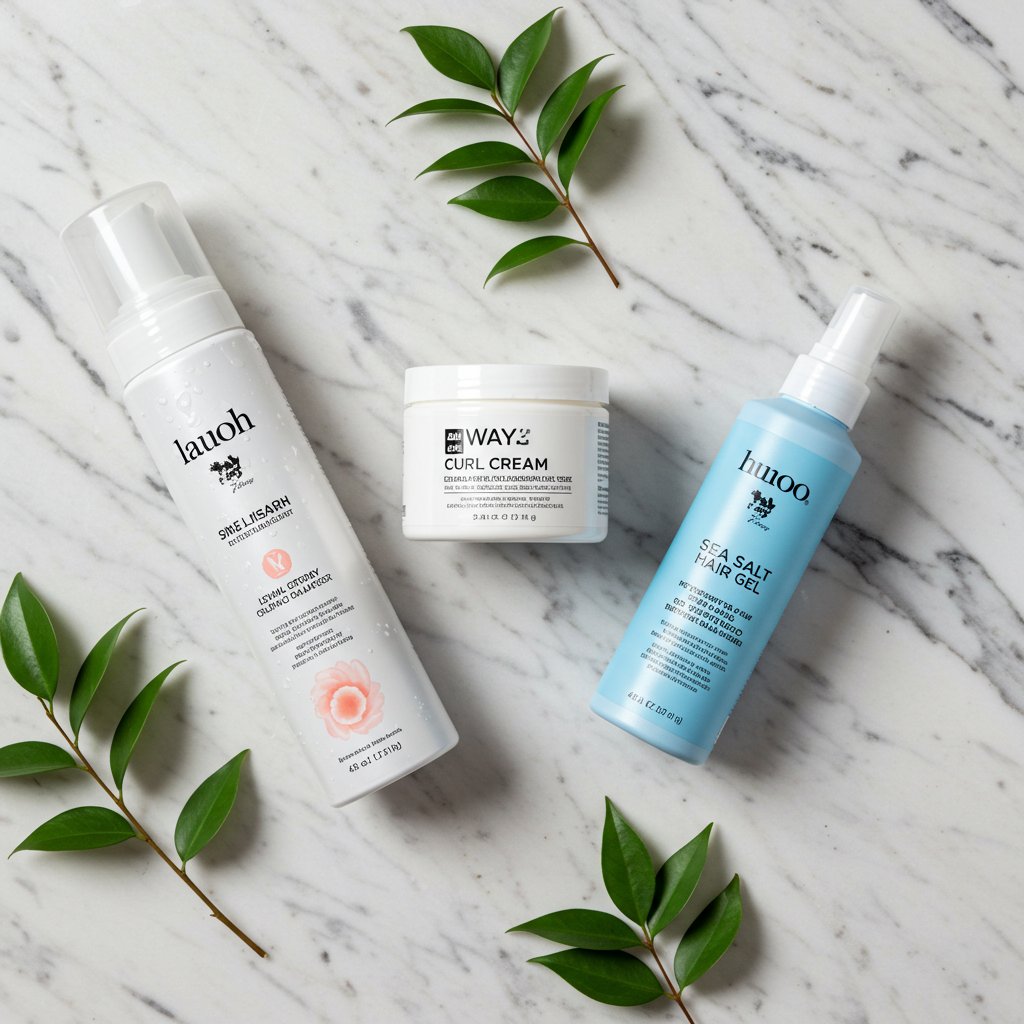
Start with a good foundation: a sulfate-free shampoo and a silicone-free conditioner. After washing, a lightweight leave-in conditioner is essential to provide a base layer of moisture and slip. For styling, consider your wave type. Type 2a often benefits most from a volumizing mousse or a sea salt spray to add grit and texture. Type 2b may require a combination of a curl cream for moisture and a light-hold gel for definition and frizz control. For the robust waves of Type 2c, a richer styling cream followed by a medium-to-strong hold gel is often the perfect combination to lock in moisture and hold the wave pattern for days. Experimenting with different combinations will help you discover your hair's perfect cocktail.
One of the most popular and effective methods for encouraging wave definition is the 'Scrunch and Plop' technique. This simple process helps your waves form into their natural clumps while they are drying, minimizing frizz and maximizing volume. It’s a cornerstone technique for anyone looking to enhance their wavy hair (Type 2) without spending hours on styling. The key is to work with soaking wet hair, as this is when wave clumps are most willing to form.
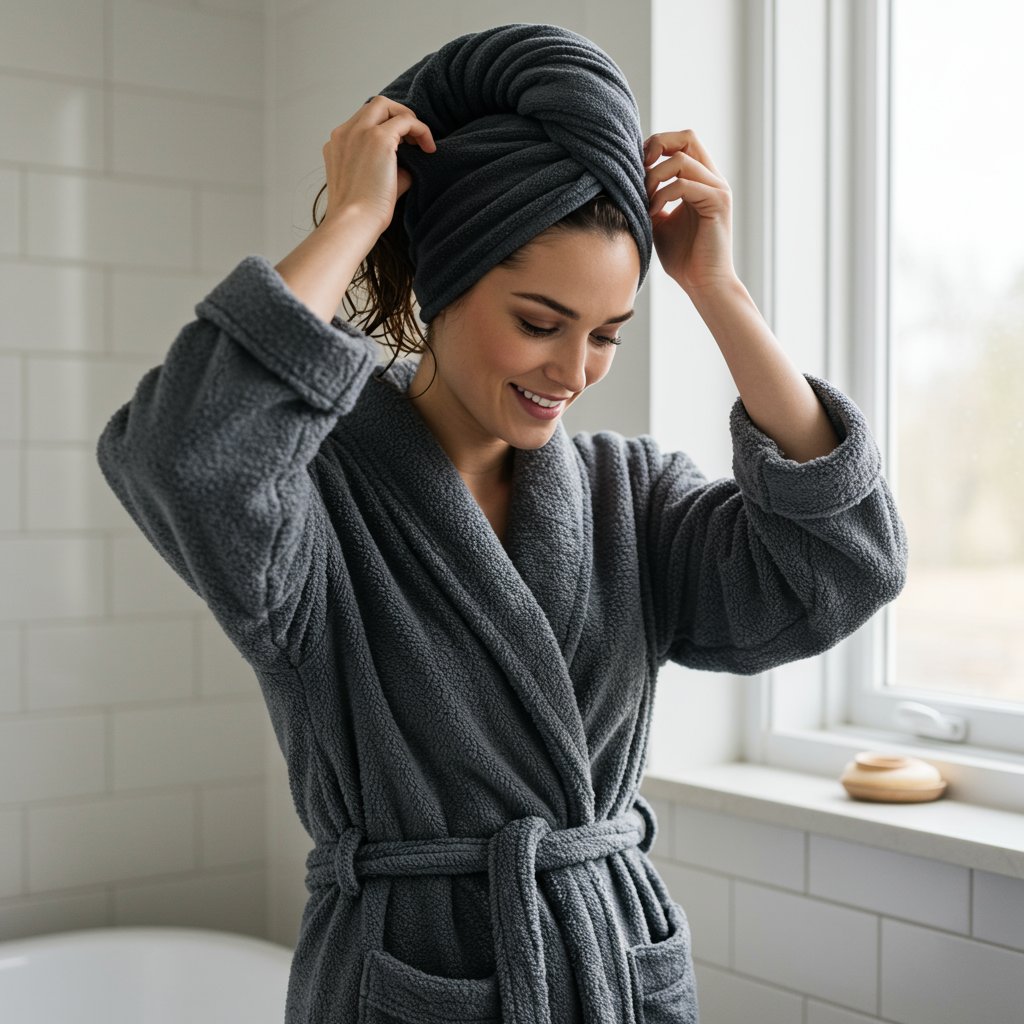
After washing and conditioning, do not towel-dry your hair. While it's still dripping wet, apply your chosen styling products (like a cream or gel) by glazing them over your hair and then gently scrunching upwards towards the scalp. You should hear a 'squishing' sound, which indicates the hair is well-hydrated. Next, lay a microfiber towel or an old cotton t-shirt on a flat surface. Flip your hair forward and gently lower it onto the center of the towel, allowing it to accordion down on itself. Tie the towel securely around your head and leave it 'plopped' for 10-20 minutes. This absorbs excess water without disrupting your wave pattern. Afterwards, you can air-dry or diffuse for a beautifully defined finish.
For those with Type 2b or 2c hair who crave more separation and a more uniform, curl-like pattern, finger coiling is a game-changing technique. It involves manually twisting small sections of hair to encourage them to form tighter, more defined waves or ringlets. While it's more time-consuming than scrunching, the results can be stunningly polished and can last for several days. This method is perfect for special occasions or for taming particularly unruly sections of hair that refuse to cooperate.

To finger coil, start with clean, soaking wet hair that has been prepped with a leave-in conditioner and a styling cream or gel for slip and hold. Take a small section of hair, about half an inch to an inch wide. Rake the product through the section to ensure it's fully saturated, then wrap the hair around your index finger from root to tip. Gently slide your finger out, leaving a perfect coil behind. Repeat this process throughout your head, or just on the top layers where you want the most definition. Be careful not to separate the coils as they dry. You can air-dry or diffuse on a low setting to set the style.
A diffuser is a wavy person's best friend. This blow dryer attachment disperses the airflow, which gently dries your hair, reduces frizz, and encourages wave formation and volume. However, there's a right way and a wrong way to diffuse. The wrong way—using high heat and high speed while manhandling your hair—will create a frizzy mess. The right technique involves patience and a gentle touch, resulting in voluminous, shapely, and defined curls.
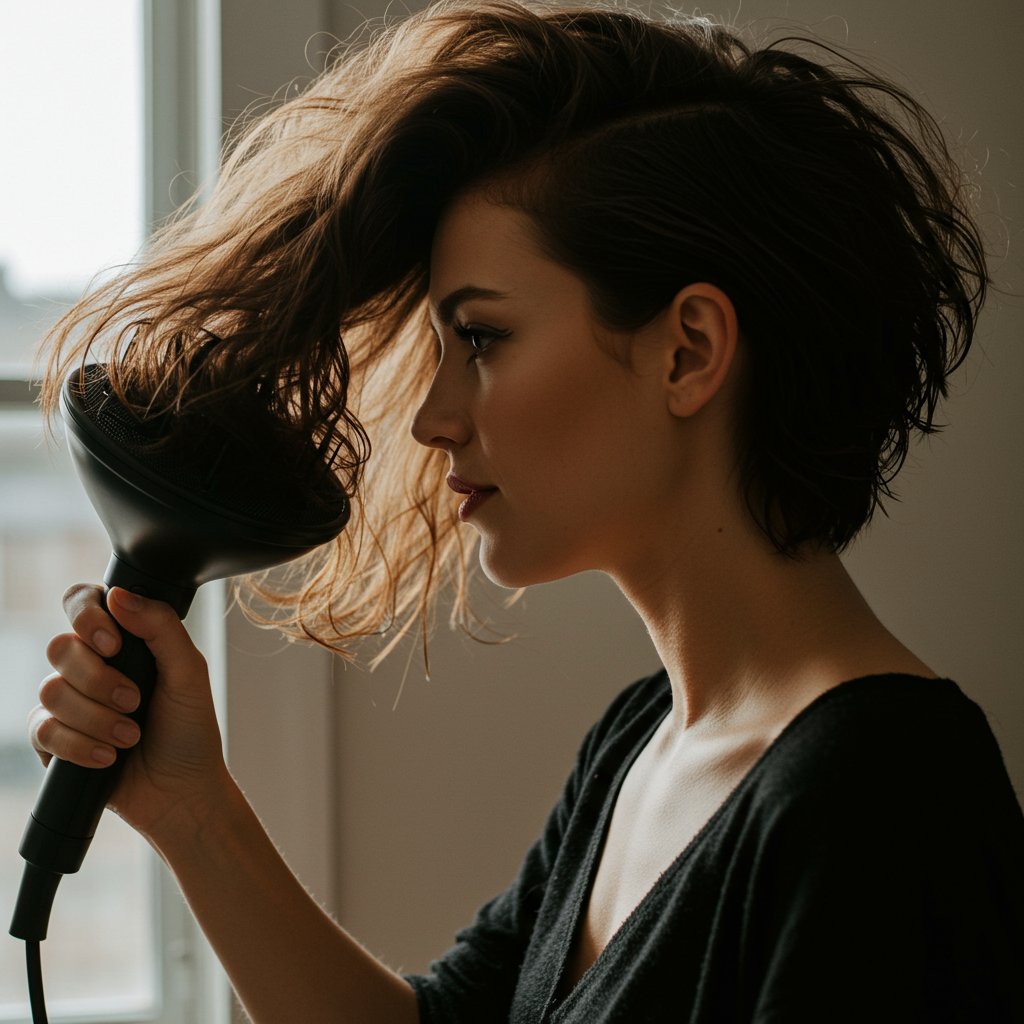
Start by setting your dryer to low speed and low or medium heat. High heat can cause frizz and damage. Begin by 'hover diffusing,' holding the dryer several inches away from your hair and moving it around your head to dry the roots and set the outer cast of your styling products. Once your hair is about 50% dry, you can switch to 'pixie diffusing.' Gently gather a section of your hair into the diffuser bowl, bring it up to your scalp, and hold it for 30-60 seconds before turning the dryer off, lowering the section, and moving to the next. This encourages maximum shrinkage and volume. Remember to alternate between hover and pixie diffusing and stop when your hair is about 80-90% dry to let it air-dry the rest of the way, locking in definition.
One of the greatest benefits of learning to properly style your wavy hair is that your style can last for multiple days. The key to extending the life of your waves is a gentle refresh routine. Waking up with flattened, frizzy, or stretched-out waves is common, but you don't need to start from scratch with a full wash. A simple refresh can reactivate the products already in your hair and bring your waves back to life in just a few minutes.

A popular method is to use a fine mist spray bottle filled with water to lightly dampen your hair. You don't need to saturate it, just mist it enough to make it pliable. You can add a small amount of leave-in conditioner to the water for extra moisture. Once dampened, you can gently scrunch your hair to re-encourage wave clumps. If specific areas are particularly frizzy or have lost their shape, you can take a small amount of water and a pea-sized drop of gel or cream, emulsify it in your hands, and spot-treat those sections, even re-finger-coiling a few pieces if needed. Let it air-dry or quickly diffuse for a few minutes to restore your defined style.
While a great at-home routine is essential, professional salon treatments can take your wavy hair (Type 2) to the next level. Experienced stylists have access to treatments and techniques that can deeply nourish your hair, enhance its natural pattern, and make your daily styling efforts even more effective. Investing in a professional service a few times a year can significantly improve the health and appearance of your waves.
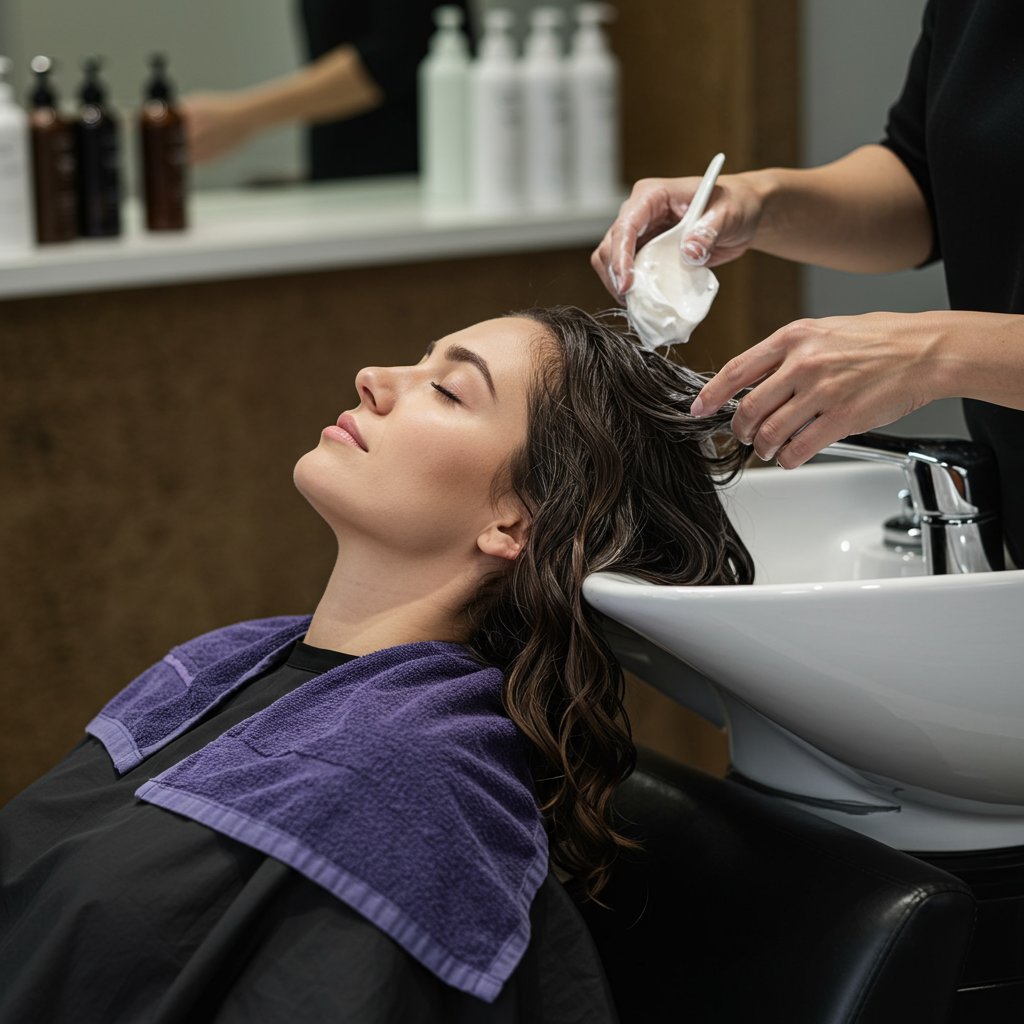
Consider a deep conditioning or bond-building treatment. These intensive masks penetrate the hair shaft to restore moisture, protein, and strength, which is crucial for fighting frizz and promoting healthy wave formation. A professional hair gloss or glaze treatment can also work wonders for wavy hair. It seals the hair cuticle, which not only adds incredible shine but also helps to smooth frizz and make your waves look more defined and polished. And of course, never underestimate the power of a specialized wavy haircut from a stylist who truly understands how to work with your texture. This professional touch provides the perfect canvas for all your at-home styling.
Embracing and defining your curls and waves is a journey, not a destination. It's about learning to understand and work with your hair's unique texture, rather than against it. By identifying your specific wave type, getting the right haircut, and mastering a few key styling techniques and product combinations, you can unlock a world of beautiful, frizz-free, and defined styles. Remember that consistency is key, and don't be afraid to experiment to find what makes your wavy hair (Type 2) look and feel its absolute best.
Your waves are a unique and beautiful part of you. With a little knowledge and the right care, you can move beyond the frustration of frizz and inconsistency and start celebrating the effortless body, texture, and movement that only wavy hair can offer. If you're looking for personalized advice or a professional cut to start your journey, seeking out a stylist who specializes in textured hair can provide the expert guidance you need to truly thrive.
Download our app to instantly see how you'd look with any hairstyle or color
Get the App
12 min read

12 min read

14 min read